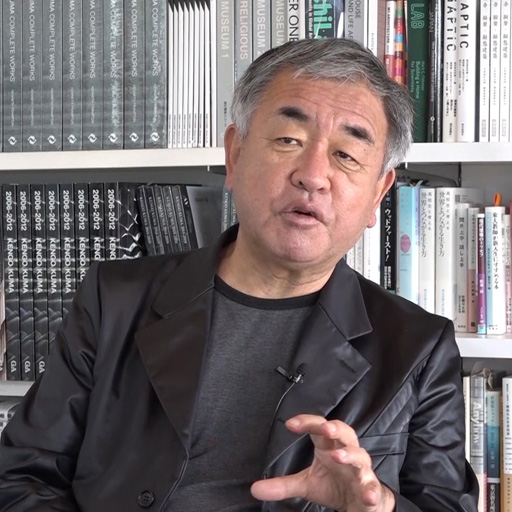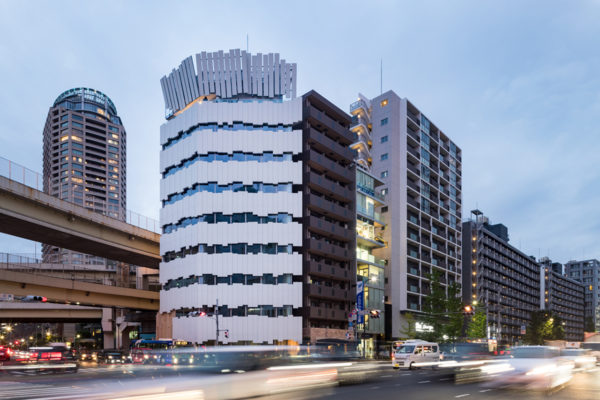#38 February 2, 2021
I was thinking about topography during the period from the end of 2020 to the beginning of 2021. I was contacted by quite a few people right at the beginning of the year about the much talked about the “Bookshelf Theatre” at the Kadokawa Culture Museum, which we designed due to the fact that YOASOBI who appeared at the Red and White Singing Contest on New Year’s Eve performed there for the first time. The fact that KKAA designed this venue was not announced that night, but even people who did not know of the “Bookshelf Theatre” understood from one glance that it was designed by KKAA. I think the reason for this is that even though the “Bookshelf Theatre” is an artificial indoor venue, it has the appearance of being topography that resembles a cave. Incidentally, the title of my new collection of work that is being published in Australia is “Topography”.
The book about topography entitled “National Route 16 – The Road That Built Japan –”, written by Hiroichi Yanase, a friend of mine who is a professor at the Tokyo Institute of Technology, was really interesting. It was very refreshing that this book pointed out that the topography of the Kanto Plain which may not appear to be anything special is an extremely unique topography was created in the Japanese archipelago by the collision of four tectonic plates (Pacific Plate, Eurasia Plate, North American Plate and Philippine Plate), and the various places along the unique ring-shaped topography of Route 16, including the Kadokawa Culture Museum, have created the culture of Japan.
There is a theory that National Route 16 was an integral component in the creation of “Japan” as a nation from the Burial Mound era to the present day, although it may not appear to be closely related. When I think back, I realize that all of my memories from when I was young were created along Route 16 – that is, the road from Yokohama down to Miura Peninsula, then to Kamakura, and further up to Hachioji and Tokorozaawa. In particular, a location on Route 16 was the place where I first became conscious of the fact that “nature” is important.
When I look back upon my life, I clearly recall that following the period of high growth in the 1960s, we encountered the problems of pollution, environmental degradation, loss of greenery and air pollution. I discovered “nature” for the first time after feeling a sense of danger when I realized that the environment was being destroyed. Hiroichi Yanase reminded me Route 16 was the place where I discovered this. When I learned that Yumi Matsutoya was a pioneer of the nature that I discovered along Route 16, I realized for the first time why I felt the way I did about her who was an idol of mine, and a heroine for most people in my age group. “Nature” was something that was distant for the majority of the population, and there was a very low awareness of greenery until Yumi Matsutoya began singing about nature.

ProjectsMaxplan Azabu 10
 This tenant building is located on the corner in front of Azabu Juban Station We used an industrial product called ALC (Autoclaved Lightweight Concrete) panels in order to take on the challenge of determining whether or not it was possible to create a façade (expression) that is full of different sh … Read More
This tenant building is located on the corner in front of Azabu Juban Station We used an industrial product called ALC (Autoclaved Lightweight Concrete) panels in order to take on the challenge of determining whether or not it was possible to create a façade (expression) that is full of different sh … Read More